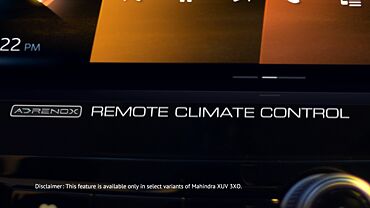The trend of using environment friendly manufacturing methods seems to be spreading across various industries. Among the latest trends, American car maker, Ford is adding four new plants to its network of manufacturing operations that make use of its revolutionary 3-Wet paint process which has helped bring down CO2 emissions by 30 per cent and volatile organic compound (VOC) emissions by 10 per cent. This process is to be added at two facilities in United States, one in China and another in Spain. The company plans to expand 3-Wet paint capacity by 50 per cent at its plants.
Incidentally, Ford was the first auto giant to make use of the high solids solvent 3-Wet paint process in the year 2007, at the Ohio Assembly plant. Currently, the technology is already in place across eight plants located in North America, Asia Pacific and Europe. Commenting on this environment friendly process, Bruce Hettle, Director of Manufacturing Engineering at Ford said, “The 3-Wet paint process is significantly more advanced than conventional technologies in applying durable paints in a high-quality, environmentally sound and cost-efficient manner.” It will be expanded across 12 plants in 2013, followed by more number of plants in the next 4 years.
The above mentioned technology is named as three layers of paint are applied continuously, without curing the prior coats. Stand-alone primer application and a dedicated oven in the traditional process are hereby not required. These three layers, namely primer, base coat and clear coat can be applied without any baking in between. As a result, Ford is able to retain high quality characters such as durability and prevent chipping and scratching.
With the 3-Wet paint process, 20 to 25 per cent of lesser process time is taken for completion, compared to the conventional method. This superior system also helps in conservation of electricity and natural gas, required to circulate through paint booths and paint cure ovens. Emissions are much lesser than regular high-solids solvent borne or water borne systems.
In India, Ford is the only company to make use of 3-Wet high-solids paint technology at its Chennai plant. Heat recovery is also achieved by allowing exhaust heat air to heat fresh air through a Heat exchanger in different ovens. Conventional diesel in the oven has been replaced by propane, thereby reducing emissions. As a result of the measures adopted, the various benefits are: VOC emission down by 23 per cent, Dock-to-Dock time reduced by 40 per cent, CO2 emission decreased by 21 per cent and a staggering reduction of water consumption by 15000 KL per year. This amount of saved energy, 27.6 million kWh/annum, can easily be used for providing electricity tot 12,000 households in Chennai for a year, or even provide street lighting for Chennai streets up to 4 months. It would be nice to see other industries, including other auto manufacturers, adopting such environment friendly techniques. In fact, even Mahindra & Mahindra has adopted several eco-friendly methods for manufacturing the Reva e2o.


























